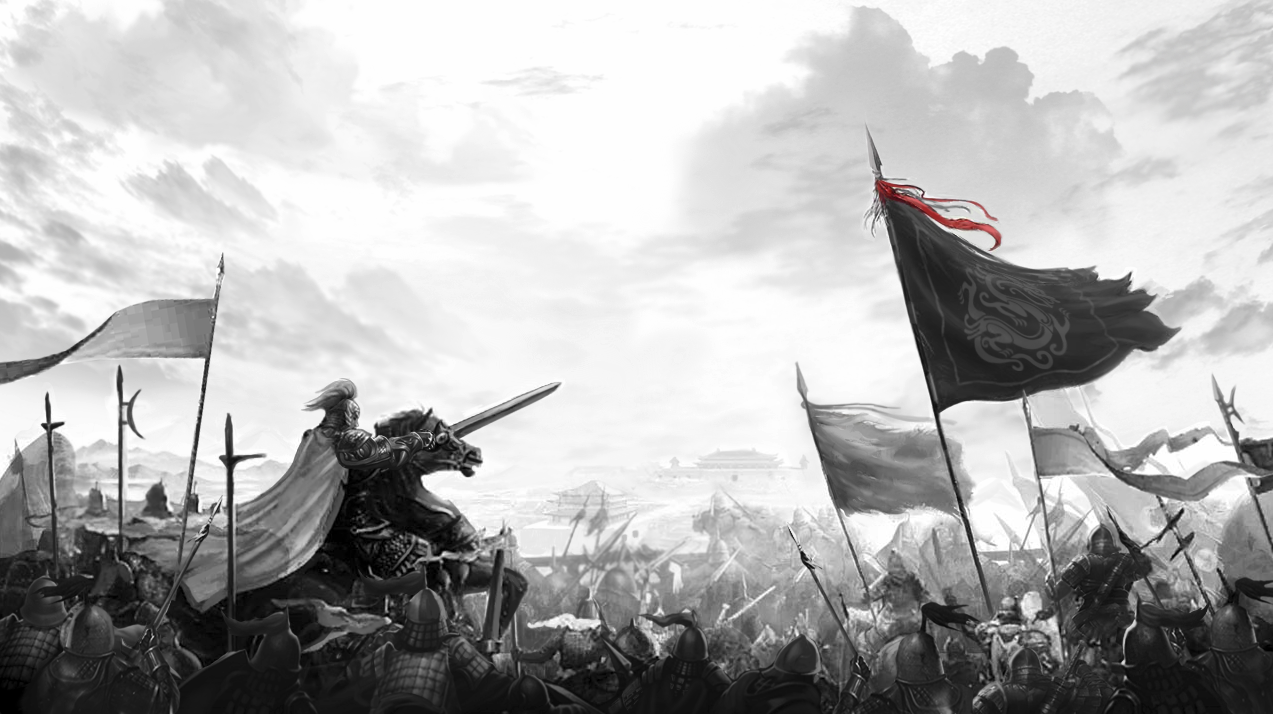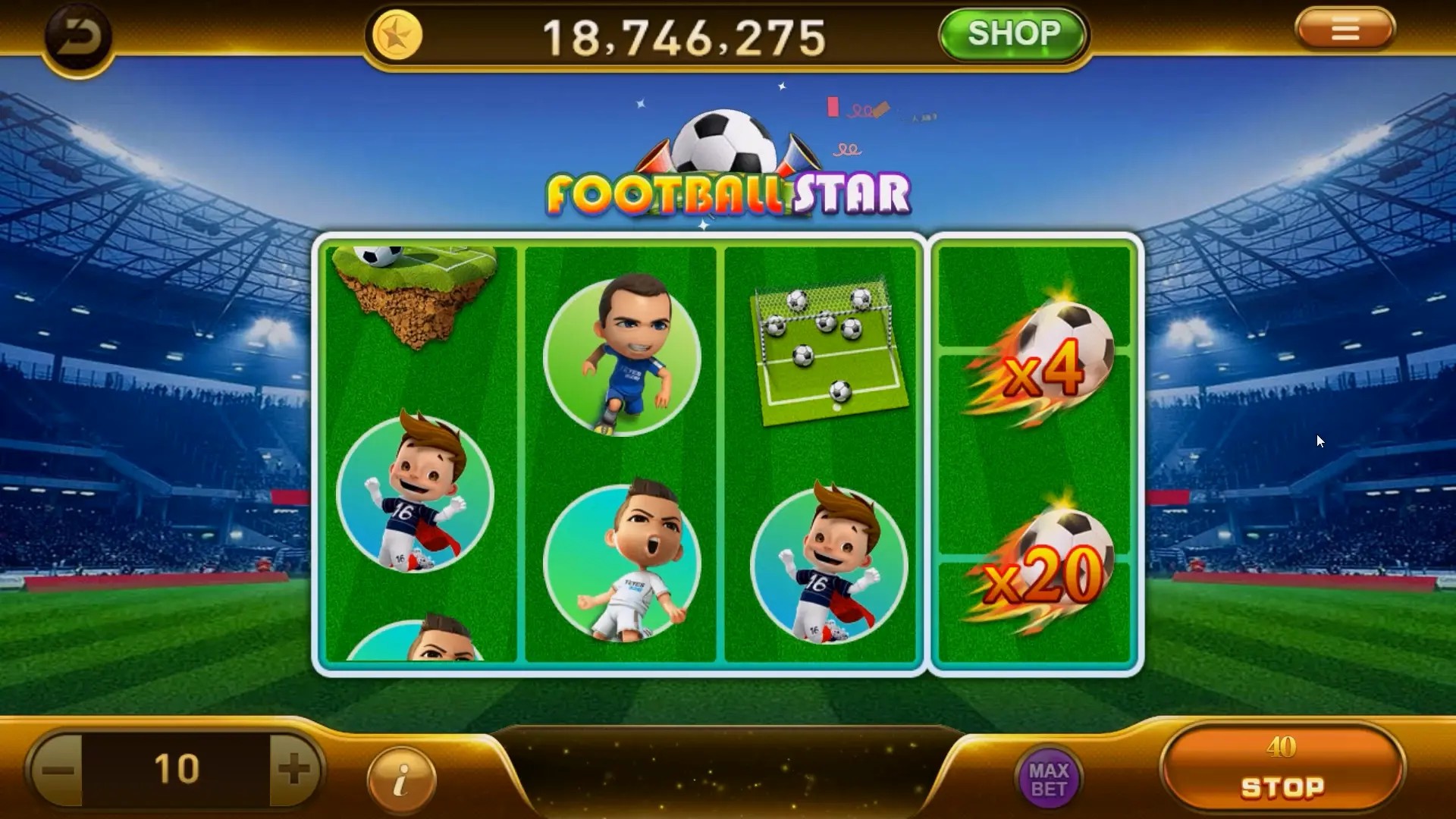Why Hyper Casual Games Are Taking Over Mobile Platforms in 2025
Explore why games like idle adventures and even surprising entries such as Delta Force Land Warrior are reshaping user habits, platform algorithms, and developer priorities.
Understanding What Makes an Idle Game So Addictive (Despite Simplicity)
There’s no mistaking it—hyper casual titles are more than just a fleeting trend. At first glance, an idle game might look like a tap-and-wait kind of affair. But dive a little deeper, and you'll see the psychological magic that’s at work. Minimalistic controls? Sure. Endless loop gameplay with occasional micro-mechanics layered over time? Absolutely. These features don't turn off gamers—they hook ’em.
- No complex learning curves → quick onboarding
- Built-in breaks allow play between work / school activities
- Predictable reward systems increase motivation without fatigue
- Microtransactions disguised as upgrades—not forced payments
The Secret Formula: Why Even Big Publishers Can't Ignore Hyper Casually Anymore
The term hyper-casual used to describe lightweight experiences. Then came studios like Voodoo, Lion Studios, and yes—EA dabling its toe in the pool via unexpected routes.
You’d think a brand like EA Sports wouldn't mix genres. Well, guess what? With rumors around “EA Sports FC 24 download" options popping on search engines during launch phases, people began speculating—were casualized spin-offs being developed in the labs?
Whether or not that rumor holds water (or was simply keyword-stuffed marketing), one thing's undeniable: attention flows faster toward simplicity.
| User Session | Traditional RPGs (%) | Hyper-Casual Hits (%) |
|---|---|---|
| Day 1 retention | 30% | 67% |
| Day 7 | 8.5% | 24.1% |
| MAU/ DAU Ratio | 4–5:1 | Nearly 3:1 |
The Role of AI & Algorithms Behind Rising HyperCasual Popularity
We can’t talk 2025 without addressing how much influence AI now has—even in the realm of casual apps. App store recommendations are more personalized today than ever before thanks to machine learning pipelines that understand intent and context.
For developers, tools built on LLM-assisted level design and asset scaling have made production timelines **slimmer** while keeping player interest higher. It also means games once called throwaways five years ago feel fresher, and dare we say—it makes a game, even if played for seconds a day, memorable. Ever caught yourself thinking about which character tier-ups come next in *Idle Mining Tycoon* despite barely checking every two days?
Case Study Alert — Delta Force: Land Warrior Isn’t Just a Throwback
A lot folks assumed the military simulator genre was fading—but recent indie adaptations suggest otherwise. Take this curious hybrid: *Delta Force Land Warrior*—a game that starts as a shooter training simulation and evolves slowly into something resembling a build-play-iterate experience typical among idle structures. Players unlock weapon mods not by skill, but by logging in twice a day for a week. That twist? Golden.
This subtle infusion of progression hooks from hyper gaming frameworks into hardcore franchises has proven compelling—and dangerous.
When players aren’t stressed by difficulty spikes, yet still receive steady feedback loops... engagement sticks. Call that laziness? Or evolution?
Economic Forces Driving Developers Into Hyper-Causal Territory
- Rapid monetization models—reward ads + banner placement pay off within 90 days
- Few resources required compared to triple-A production pipelines
- High virality rates = increased visibility per user acquisition campaign
- Hurdle-free testing = low-risk investment for emerging studios
Now compare this with the reality faced by solo devs stuck trying to replicate the likes of Genshin Impact on their own… yikes! Meanwhile the market rewards those going minimal-first.
The Downside? Critics Are Starting to Call Out Burnouts + Saturation Issues
With more than 230+ new idle-type games launching across app stores each month alone, fatigue creeps in sooner than expected. Clones flood feeds fast, and players begin to question value versus gimmick. Also note—a significant backlash arose after Google updated its Top Free list criteria, favoring novelty rather than repeat patterns found commonly in auto-tap simulators and incremental builders.
But here’s the catch:
- Nobody truly leaves these types games—only drift for a short while until they get re-hooked again
- Metallic designs, nostalgic references, cross-promotion through other apps—all act as re-entry gates into hyper casual ecosystems



